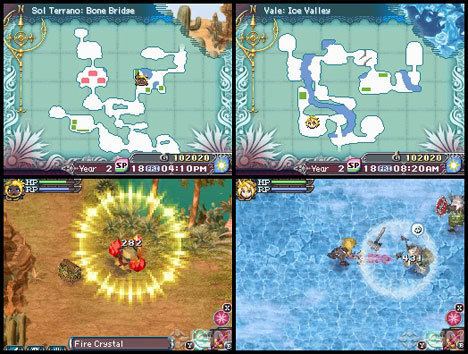

There is also a long-standing Scandinavian tradition of fermenting berries into wine. " wineberry", a term for grapes or currants (black or red), found there. The etymology of the Old Norse root vin- is disputed while it has usually been assumed to be "wine", some scholars give credence to the homophone vin, meaning "pasture" or "meadow".Īdam of Bremen implies that the name contains Old Norse vín (cognate with Latin vinum) "wine" (rendered as Old Saxon or Old High German wīn): "Moreover, he has also reported one island discovered by many in that ocean, which is called Winland, for the reason that grapevines grow there by themselves, producing the best wine." This etymology is retained in the 13th-century Grœnlendinga saga, which provides a circumstantial account of the discovery of Vinland and its being named from the vínber, i.e. Adam's main source regarding Winland appears to have been king Svend Estridson, who had knowledge of the "northern islands". 39, in the 4th part of Gesta Hammaburgensis ecclesiae pontificum), written circa 1075. It was also spelled Winland, as early as Adam of Bremen's Descriptio insularum Aquilonis ("Description of the Northern Islands", ch. Vinland was the name given to part of North America by the Icelandic Norseman Leif Eríkson, about 1000 CE. 5 Controversy over the location of Vinland.L'Anse aux Meadows has been hypothesized to be the camp Straumfjörð mentioned in the Saga of Erik the Red. The 1960 discovery further proved the pre-Columbian Norse exploration of mainland North America. Before the discovery of archaeological evidence, Vinland was known only from the sagas and medieval historiography. In 1960, archaeological evidence of the only known Norse site in North America (outside Greenland) was found at L'Anse aux Meadows on the northern tip of the island of Newfoundland. Much of the geographical content of the sagas corresponds to present-day knowledge of transatlantic travel and North America.

The name appears in the Vinland Sagas, and presumably describes Newfoundland and the Gulf of Saint Lawrence as far as northeastern New Brunswick (where the eponymous grapevines are found). Leif Erikson first landed there around 1000 CE, nearly five centuries before the voyages of Christopher Columbus and John Cabot. Vinland, Vineland or Winland ( Old Norse: Vínland) was an area of coastal North America explored by Vikings. The site was listed by UNESCO as a World Heritage Site in 1978. Recreated Norse long house, L'Anse aux Meadows, Newfoundland and Labrador, Canada.


 0 kommentar(er)
0 kommentar(er)
